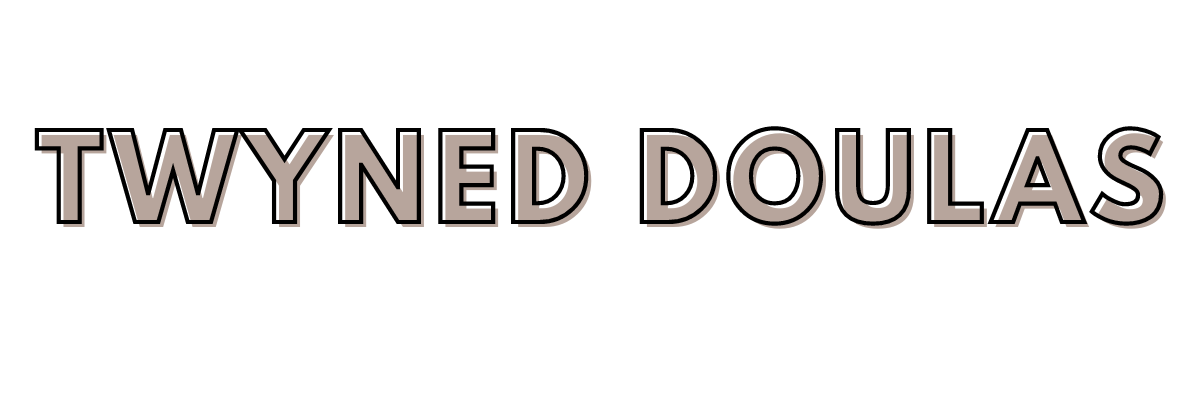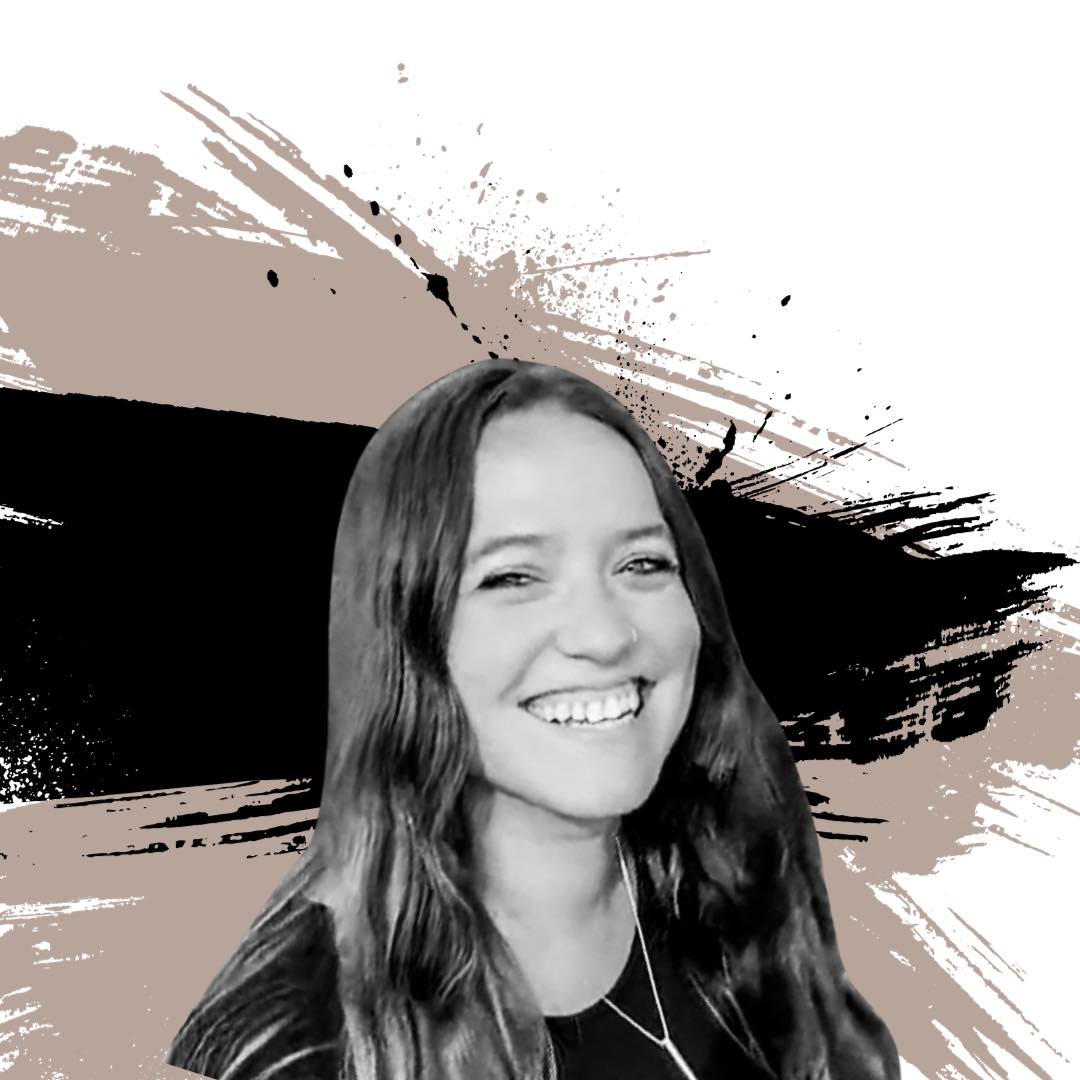I had six miscarriages and have two living children. As a birth doula, I have reflected on the different ways my pregnancies were affected by my previous losses. Coming out of this reflection, here are my three biggest takeaways.
Heightened anxiety with each pregnancy
Are these cramps normal? Is this spotting normal? Am I having another miscarriage? I don’t feel as nauseous today, does that mean I’m having a miscarriage? Will everything be okay?
These types of thoughts swirled in my head constantly. I would hardly sleep as I kept track of every little symptom, fearing I would have another loss. I would sit and google my symptoms: “spotting pregnancy loss, cramping pregnancy loss, my nausea is easing” etc.
Every pregnancy after my first loss was full of anxiety which lasted up until labor and delivery. Even though my miscarriages had been early on in my pregnancies, my anxiety would persist throughout the later pregnancies and births of my babies – and even for a few weeks afterward.
There was this dichotomy of excitement with my pregnancy and a sense of impending doom – that my excitement would soon be taken away.

As I continued to get pregnant (and continued to have miscarriages), I realized one thing: I have little control over what happens.
It’s simultaneously terrifying and freeing to realize that. I can get as much preventative treatment as possible, but there is not much that can be done to prevent a loss from happening. Nor is there a way to “predict” when a loss is imminent.
Giving in to the realization that I had little control, I decided to let myself be free of the outcome of my current pregnancy. I had to remind myself that each pregnancy is different from the previous, and therefore there is a possibility my baby can survive.
The heightened anxiety is difficult to navigate, and I do not think it will ever go away. But to me, celebrating my pregnancy as a new life and a new outcome helps to ease the worries.
Your subsequent labor can incite a PTSD response
No one prepared me for miscarriage nor with my labor post miscarriage. A miscarriage can surprisingly look a lot like birth. Thus, it is not surprising that a lot of women have a PTSD response when they go into labor with their subsequent pregnancy.
When I got the news that I was miscarrying, I didn’t know what to expect. I was told that I would have some cramping, and that it would be slightly heavier than a period. But it was much more than that.

I was heaving over during each “cramp” which I realized were contractions. I was completely unprepared for knowing how to deal with them. I found myself bleeding and passing out on the floor and rushed to the hospital. Immediately upon arrival, the doctor pumped me with morphine which did not touch my contractions. I was left moaning in the lifeless white walled room, with my lifeless uterus seemingly killing me from the inside.
So when I went into labor with my fourth pregnancy, I was constantly comparing it to my previous three miscarriages. I bore the anxiety, the loss, the impending doom, the grief, all over again. But why?
Trauma is stored in your body. When similar sensations were stored up in my hips, pelvic floor, back, spine, etc., then triggered, my body’s response was to tense up as it had before. Even though I was not miscarrying, I was inundated with the same emotions I experienced during my miscarriages.

It’s important to release that tension before you go into labor. Ways to do so is by doing the hard work in healing from the PTSD response via counseling, but also, through physical body work.
After my miscarriage, I had a lot of tension built up in my pelvic floor that made intercourse incredibly painful for me. This was a symptom of the trauma from my miscarriage stored in my body. Going to a physical therapist, doing yoga, and occupational therapy were additional ways that helped release the traumatic tension. Hiring a birth doula who is knowledgeable about previous trauma can also help in assisting when labor can potentially incite a potential PTSD response.
When doing both the emotional and physical work before my second live birth, I realized that my body was more prepared for labor in experiencing it as its own event rather than a miscarriage.
Replacement child syndrome
I was holding my three month baby girl around the due date of my previous pregnancy. I was simultaneously grieving that I had my loss – and yet – without that loss I would not have my unique baby girl I carried and birthed.

I call this: replacement child syndrome. I hold two parts of my heart that juxtapose each other – the joy in my live births, the grief of my losses. I have this worry that my live births have somehow replaced my previous babies. But, they don’t!
I love the thought that grief is love persisting. The reason I feel this sense of loss, this hole in my heart, comes from a place of love.
Give yourself a lot of grace to feel both joy and grief. Emotions are not finite, they are infinite; thus, you can feel both infinitely and simultaneously. There is space for both to exist.
Your family persisting
Having a miscarriage and subsequent live birth can be challenging mentally, emotionally, and physically. Joy can coexist with grief and sorrow can share space with celebration. Give yourself permission to both cry and laugh. Healing is holistic – mind, body, and soul – treat it as such. You may never feel whole, but your grief is acknowledging that your family is persisting. Please know that, from afar, I am cheering for you on your healing journey.

About the author
Marisol Dela Cruz is a birth doula, childbirth educator, and women’s health advocate. She has been a birth doula for five years serving mainly vulnerable populations including (but not limited to) clients who are refugees, teenagers, second language speaking, of color, etc.
Marisol serves as an in person birth doula in the St. Louis and Metro East areas, but also incorporates virtual doula and childbirth education courses in her services. She comes from a Hispanic background and brings cultural humility into her care for clients of color.
Marisol has experience with loss and perinatal mood disorders including anxiety and depression. As such, she is driven to support other women experiencing mood disorders by working part time with Postpartum Support International (PSI) as part of the Postpartum Support International Best Practice Committee for Perinatal Mental Health Equity. The mission of the committee is to infuse principles of trauma-informed, adaptive evidence-based practice, cultural humility, and patient-centered care throughout the perinatal health systems.

To learn more about Marisol, you can visit her website at www.mamasoldoulacompany.com. You can also follow her on Facebook at MamaSol Doula Company, LLC and instagram at @mamasol_doulacompany.





0 Comments